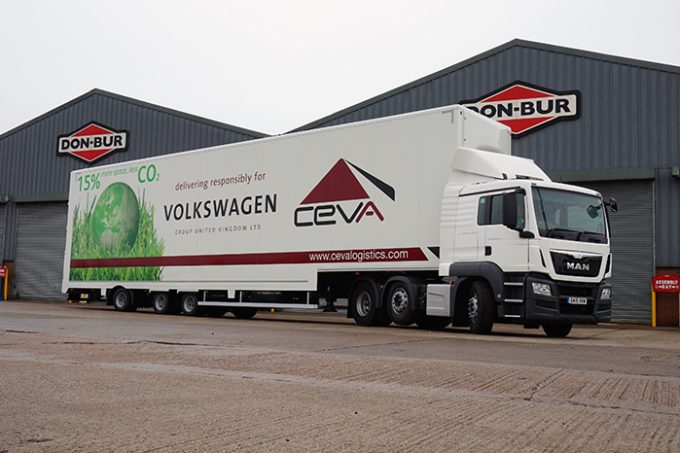Spring launch for Brittany Ferries new rail freight 'motorway'
The launch of Brittany Ferries’ long-awaited rail freight ‘motorway’ service for unaccompanied trailers, running between ...

A fresh row has broken out about the use of longer semi-trailers (LSTs) on UK roads.
The storm follows the publication this week of report by the Department for Transport (DfT) after five years of trials.
The 2016 annual report into the LST trial, authored by research consultancy Risk Solutions, ...

Comment on this article